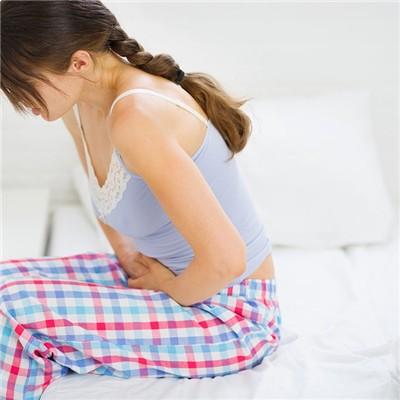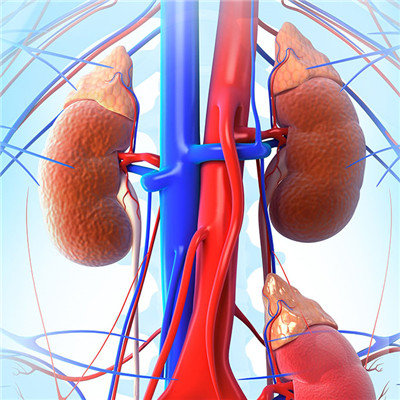Symptoms of childhood leukemia
summary
The infiltration of leukemic cells outside the bone marrow can lead to bone and joint pain, painless neck mass (lymphadenopathy) and abdominal distension (hepatosplenomegaly) in children, which are often mistaken for arthritis, neck lymphadenitis and dyspepsia. These symptoms are the rampant manifestations of leukemia cells invading tissues and organs. Let's talk about the symptoms of childhood leukemia.
Symptoms of childhood leukemia
Some parents may ask, my child often nosebleed, is it suffering from leukemia? Indeed, because of the abundant blood supply of nasal mucosa in children, nosebleed is not uncommon. However, this kind of bleeding is mostly from one side of the nasal cavity, and the bleeding usually stops automatically.
Most of the epistaxis caused by leukemia is bilateral epistaxis, which is difficult to stop automatically. At the same time, it may be accompanied by other bleeding signs. This difference can help parents eliminate unnecessary fear and anxiety. The onset of childhood acute leukemia is more acute, early performance for fever, anemia and bleeding. As mentioned earlier, Binbin was treated with fever and anemia as the first symptoms. Children with leukemia often have fever at the onset, which can be low fever (37.5 ℃ ~ 38.0 ℃), irregular fever, or persistent high fever.
One of the causes of fever is tumor fever, that is, leukemic cells themselves release pyrogens, causing body temperature rise; Another reason is secondary infection. The forms of infection are complex and diverse, including pneumonia, gastroenteritis, pyelonephritis, skin furuncle, oral ulcer, and even dangerous sepsis. This is because of leukaemia in children with normal leucopenia, the ability to defense against infection caused by decline. When children have fever of unknown origin or repeated treatment of infectious diseases with poor results, parents should be vigilant, because the alarm of leukemia has been sounded.
matters needing attention
1. Vegetables: Lotus white, cabbage, tomato, cabbage, eggplant, wax gourd, cucumber, yam, lily, bean curd, celery, etc. 2. Meat: lean meat, ribs, eel, turtle, beef must eat fresh. 3. Fruits: apple, pear, banana, orange, strawberry, watermelon, melon, pomegranate, soft persimmon, longan, raisin, preserved fruit, walnut kernel, boiled peanuts. 4. Diet should be moderate, avoid cold, eat less greasy, taboo spicy food, quit smoking and drinking. 5. Keep warm and avoid catching cold. The living environment should be kept fresh and disinfected regularly. 6. Pay attention to personal hygiene, especially keep mouth and vulva clean. Pay attention to rest, avoid strenuous activities, pay attention to the combination of work and rest.













